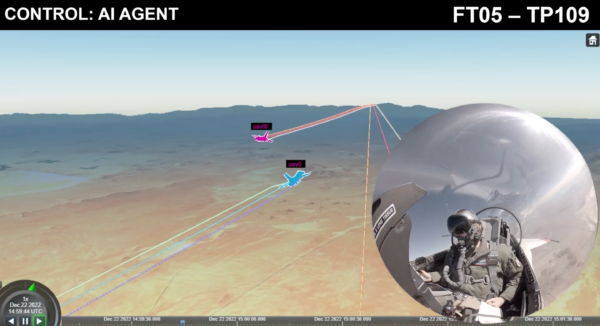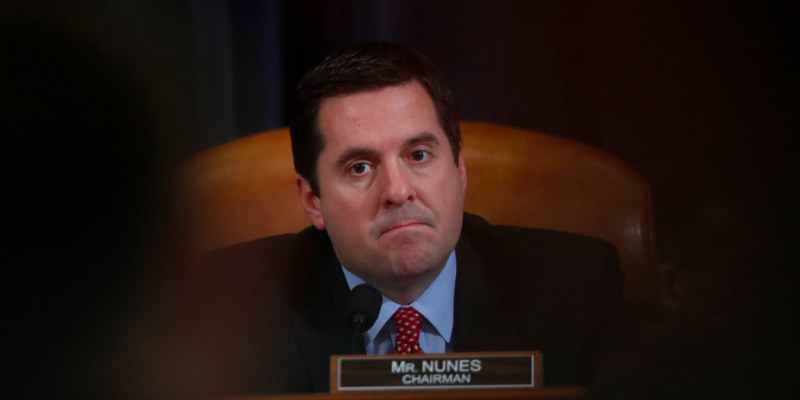- US officials and lawmakers have for years voiced concern about growing US influence in Latin America.
- For military and national-security leaders, that influence has security implications for the US.
- Despite US warnings about dealing with China, many leaders in the region see little on offer from the US.
As the US increases its focus on global competition with China, officials have singled out Beijing's inroads into Latin America as a growing threat to countries there and to US interests in the region.
At recent congressional hearings and public events, those officials have cautioned that China is investing in digital and physical infrastructure, natural resources and extractive industries, and in political and military relationships across Latin America and the Caribbean in a multipronged effort to secure access and influence and gain leverage over countries there in order to advance its own commercial and strategic interests.
Although China's engagement with the region has focused on economic ties and it has not established a military presence there, US military commanders, national-security officials, and lawmakers believe Beijing's investments have implications for US security.
At an August 2021 hearing on her nomination to lead US Southern Command, which is responsible for Central and South America, Gen. Laura Richardson said China comes to the region "with very sophisticated plans in order to capture the interests of the countries, willing to loan billions of dollars."
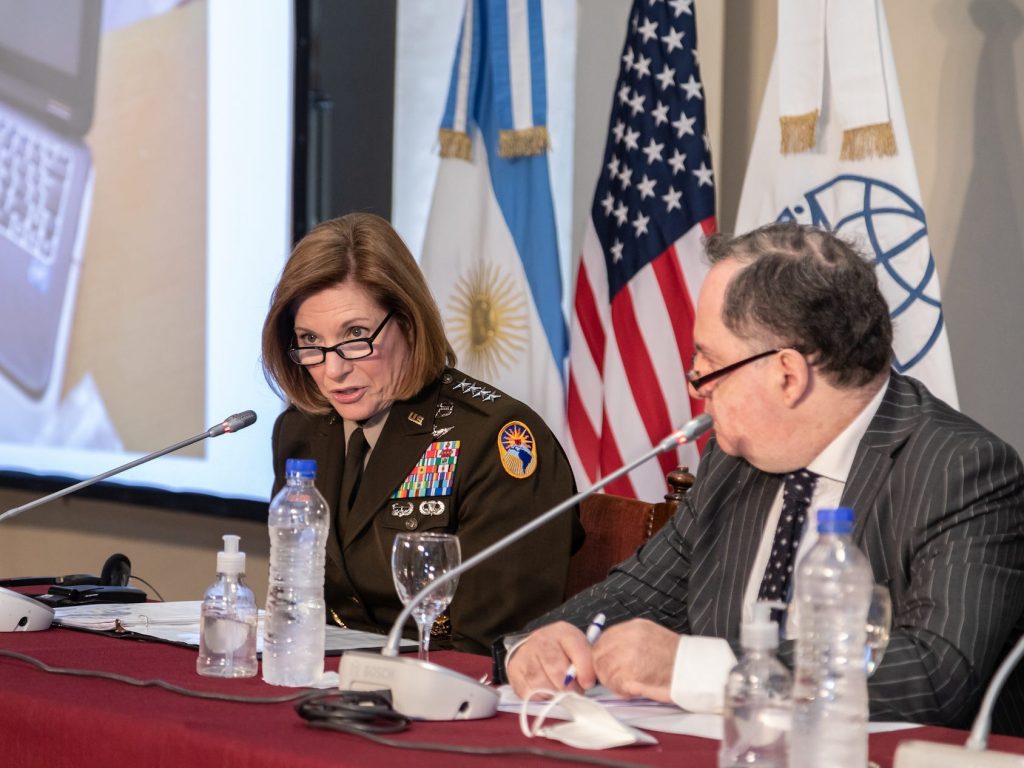
"I look at that from the military lens of projecting and sustaining military power for the [Chinese People's Liberation Army] with this expansion," Richardson said at the time.
Richardson's remarks echoed those of her predecessor, Adm. Craig Faller, who told the Senate Armed Services Committee in March 2021, his final appearance as commander, that China was "rapidly advancing" toward its goal of "economic dominance" in Latin America within the next decade.
Beijing "is also seeking to establish global logistics and basing infrastructure in our hemisphere in order to project and sustain military power at greater distances," Faller told lawmakers.
At a hearing on China's presence in the region in April, Sen. Marco Rubio, citing a report by the US-China Economic and Security Review Commission, said China is using its economic heft and political ties to convince countries there to make decisions that favor Beijing and "undermine democracy and free markets."
The same report, Rubio added, said China's military seeks "to deepen its engagement in the region by funding the construction of ports, space programs, and other dual-use infrastructure that frankly is pretty clear it appears to have a limited economic purpose but could serve as future operating bases, even of rotational bases, for a hostile navy close to our nation's shores."
Strategic concerns
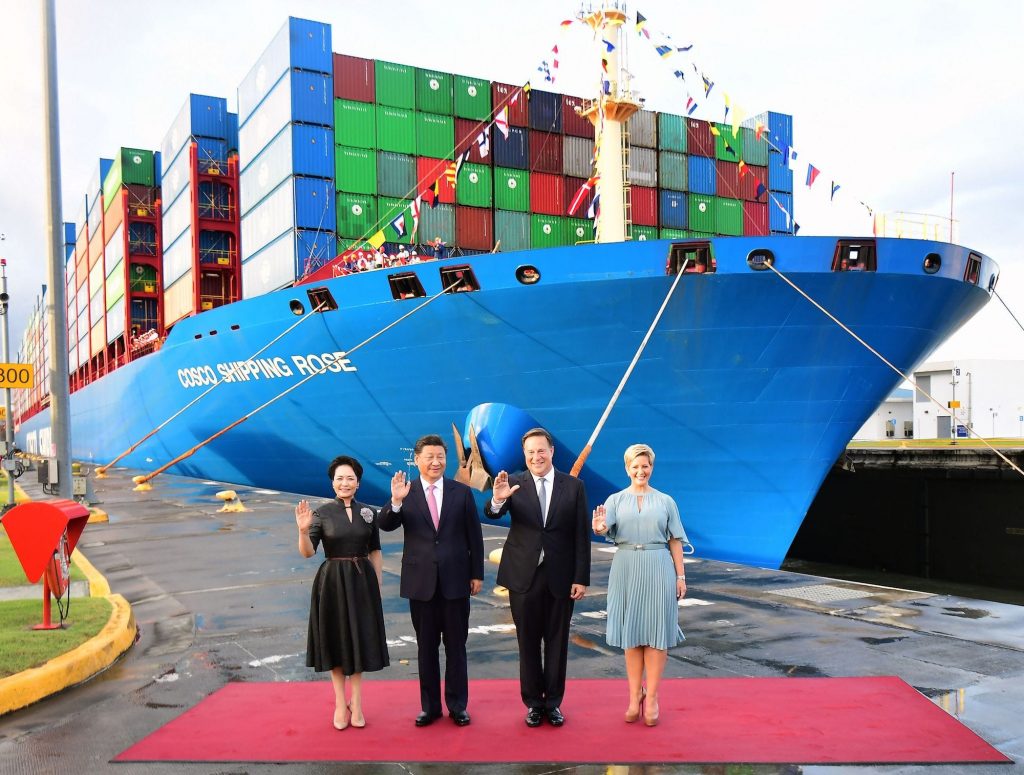
China has become a major trading partner for most of Latin America and the Caribbean. Its trade with the region has risen from $18 billion in 2002 to $450 billion last year.
The region's largest countries have attracted Chinese investment in agricultural commodities as well as in ecommerce and other technology, including surveillance technology. Smaller, resource-rich countries in Latin America have attracted Chinese interest in mineral wealth and oil exploration.
Chinese firms have also pursued infrastructure projects across the region — many as part of Beijing's sprawling Belt and Road Initiative — but especially in areas that facilitate access into or around the continent.
Richardson has said the Chinese presence around the Panama Canal and near the Strait of Magellan are her "two greatest concerns, strategically."
The canal is one of the world's most important trade corridors, particularly for goods flowing between the US and East Asia. It is "a strategic line of communication that we want to keep free and open for the global economy but also for our global war plans," Richardson told senators in March.
China has invested billions of dollars in projects around the canal and Chinese state-owned enterprises are present "on either side," Richardson said. "What I worry about Chinese state-owned enterprises that have capability and infrastructure there is that they can be used for dual use, which means civilian but also military."
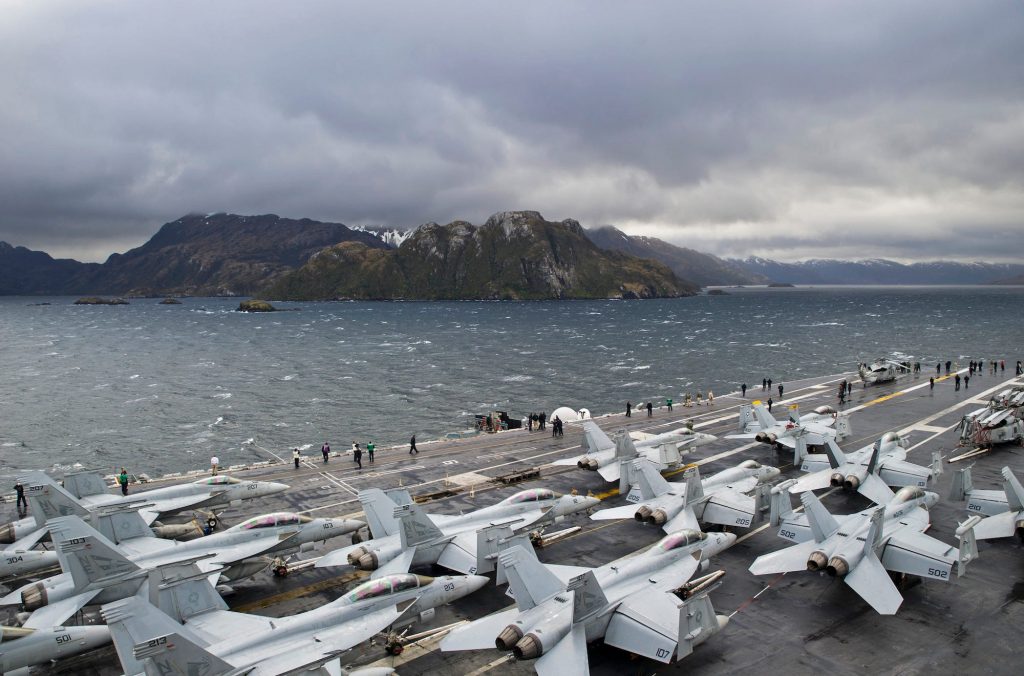
The Strait of Magellan sees less traffic but remains an important route between the Atlantic and Pacific oceans, including aircraft carriers too big for the canal, and is close to resource-rich Antarctica. China's presence in ports and other projects "around the tip of the southern cone" of South America is worrisome, Richardson said.
US concerns about Chinese activity around the canal reflect a worry that such a presence "would give China at least some of the information" needed to understand trade and transit activity there and "to make decisions with security-related implications based on that information," Margaret Myers, director of the Asia and Latin America Program at the Inter-American Dialogue, told Insider.
Richardson's counterpart at US Northern Command, which is responsible for North America and parts of the Caribbean, has expressed similar concerns. "China's very aggressive in the Bahamas right now," Gen. Glen VanHerck told the House Armed Services Committee in April 2021.
"They have the largest embassy in the Bahamas right now, and they continue to buy up [the] tourism industry to have access and influence," VenHerck said at the time, adding that those Chinese projects "do have access right now to an overwatch, if you will, of our Navy test and training facilities, which is very, very concerning."
In the Caribbean, China sees similarities to its own "southeast maritime approaches," said R. Evan Ellis, a research professor of Latin American studies at the US Army War College.
"It sees exactly the same space — a space that has political importance, military importance, as well as economic importance" as a logistical hub and transit area connecting the US and Central and South America and points beyond, Ellis told Insider in late 2021.
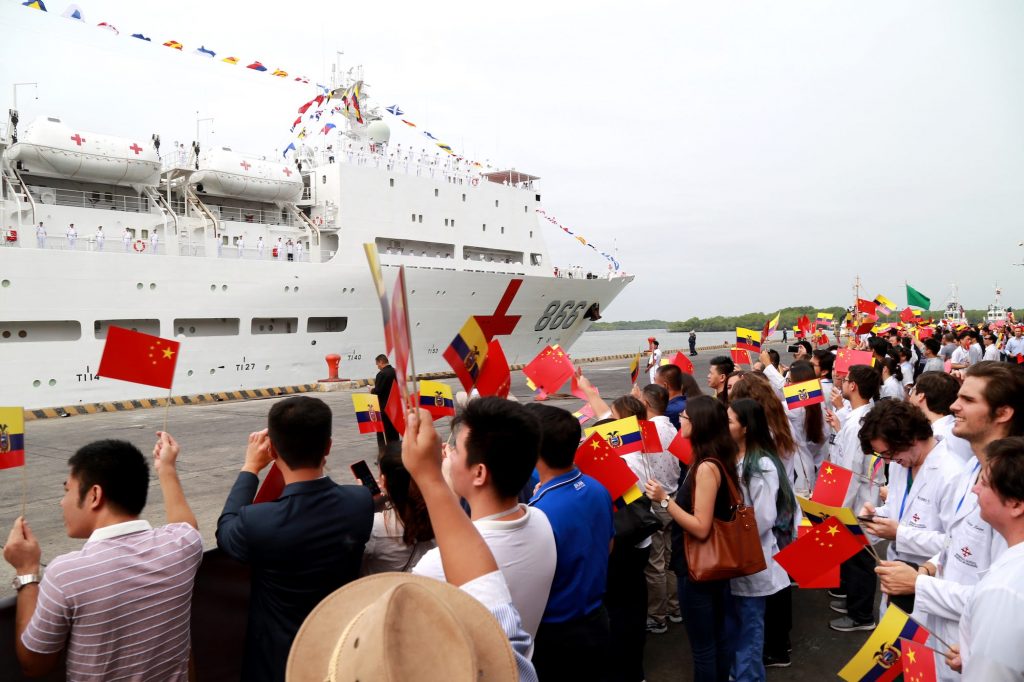
Chinese military basing in Latin America is still "rather hypothetical" Myers told Insider, "but there's a sense that based on the sorts of investments that we see in areas of strategic interest to the US and some of the investments that we see in ports with potential dual-use capacity that things are headed in that direction."
China set up its first overseas military base in Djibouti in East Africa in 2017 and is reportedly seeking a military presence in other regions, including the Middle East and West Africa. In written testimony to the House committee, Richardson expressed concern about China abusing "commercial agreements at host country ports for military functions," citing Chinese actions in the United Arab Emirates.
China appears to have "some appetite to explore" a military presence in the Western Hemisphere but that is tempered by the proximity to the United States, a US analyst of Chinese foreign policy told Insider.
China will likely "explore what it looks like to establish more significant military relationships in Africa or in the Pacific before they try something like that in the Western Hemisphere because of how much more likely a strong US reaction would be," the analyst said, requesting anonymity because of professional commitments.
While China doesn't have a military presence in Latin America, the US military may have already experienced the impact of its influence there.
In March 2021, US Coast Guard cutter Stone was turned away from a port call in Argentina, which has developed close economic and political ties with China.
"We were going to do a port call in Argentina, and then Argentina has got some relational business arrangement things with China," Adm. Karl Schultz, the Coast Guard commandant at the time, said in May 2021. "We didn't end up going into Argentina, but it sort of starts to show people's allegiances and alignments."
'A very close eye' on China

While some Latin American countries nurture ties with China for ideological reasons, seeking to counter the US, others have grown wary of Beijing because of US warnings and those countries' own experiences.
In Panama, Chinese investment expanded after then-President Juan Carlos Varela recognized Beijing over Taiwan in 2017. After President Laurentino Cortizo took office in 2019, projects around the canal were canceled or withdrawn for what Mari Carmen Aponte, the Biden administration's nominee for ambassador to Panama, said were "the right reasons, meaning because there was non-compliance of the contract."
At her confirmation hearing in May, Aponte told lawmakers she would "keep a very close eye" on agreements the Chinese have made in Panama, as "they seem to over-promise but not necessarily to deliver."
Such warnings have also irritated Latin American leaders, many of whom hear the paternalism that has often characterized US policy toward the region. Many leaders want to avoid taking sides in the competition between Beijing and Washington but welcome Chinese engagement because they see it as offering what the US is unable or unwilling to provide, like expanded trade, coronavirus vaccines, or infrastructure investment.
Richardson often notes that 21 of the 31 countries in Southern Command's area of responsibility have signed onto China's Belt and Road Initiative and told the House Armed Services Committee this spring that several of its multibillion-dollar projects were particularly worrying, among them a $5.6 billion highway in Jamaica and a $3.9 billion metro project in Colombia, a close US ally.
"This region is rich in resources, and the Chinese don't go there to invest. They go there to extract," Richardson said of those projects.
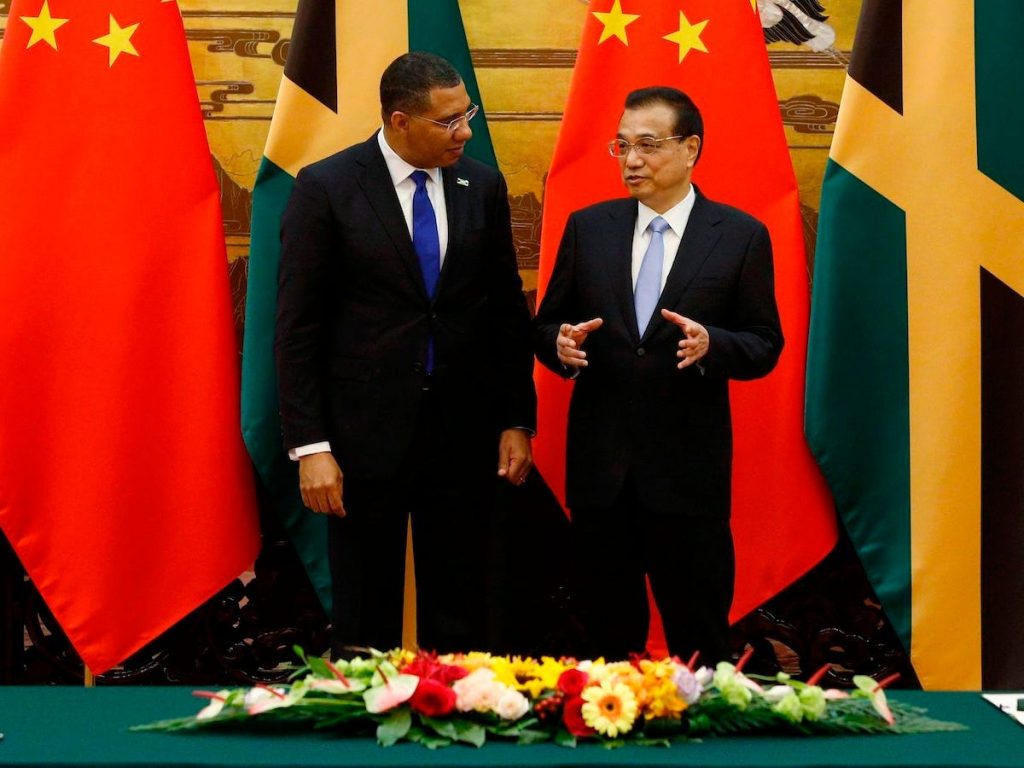
At an event in Washington, DC, in April, Jamaica's prime minister, Andrew Holness, said US concerns about Chinese projects there were "totally unwarranted" and that China has pursued investments in Jamaica for "a long time while the US has been looking all over the place."
"We would want to see more US investment in Jamaica, but Jamaica can't postpone its development needs until the US decides to come in," Holness said.
Sergio Guzmán, director of Colombia Risk Analysis, a political risk consultancy, said that when Colombia has issued tenders for infrastructure projects, "US companies are completely AWOL."
"So how can the US blame Colombia for giving them over to Chinese bidders, who are, by the way, the lowest bidders?" Guzmán told Insider.
The Biden administration's signature international development effort, Build Back Better World, has foundered, and US private-sector investment has been hard to attract to the region, either because of the overall environment or because the opportunities, particularly infrastructure projects, aren't well suited for American firms.
"There are efforts to try to increase and incentivize US investment in Latin America and the Caribbean now. The problem is that a lot of these initiatives are private-sector-led," Myers said, "and in a moment in time when the investment environments aren't necessarily improving in Latin America, it's very difficult to generate that interest."
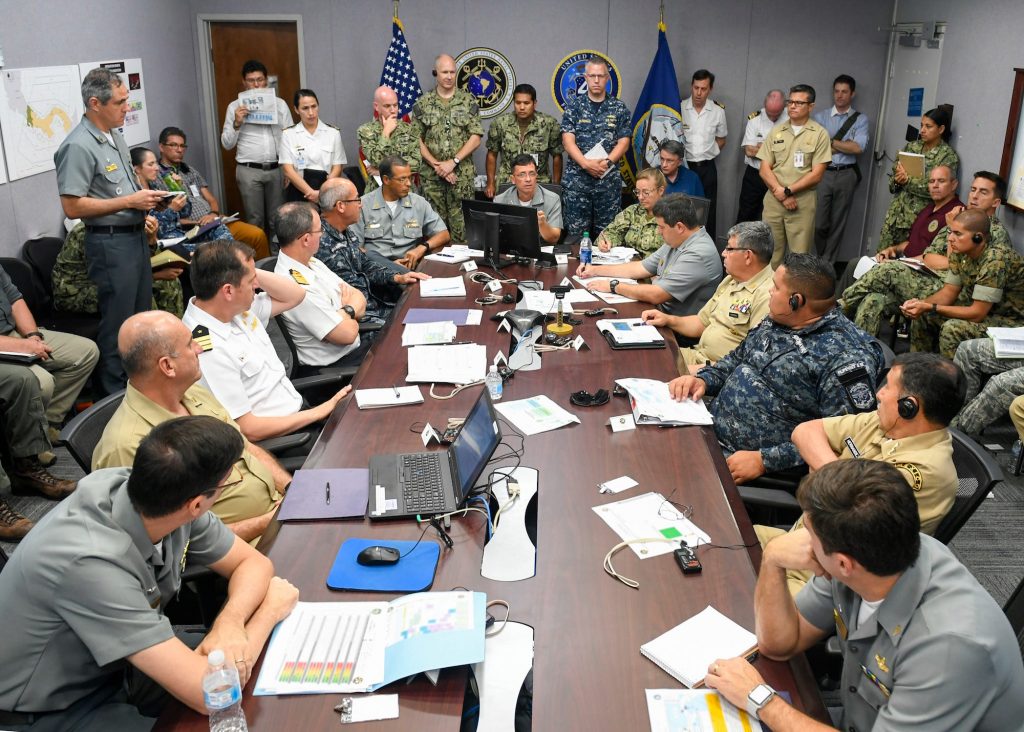
The US Defense Department is involved in some infrastructure projects, largely through the Corps of Engineers, but their total value is a fraction of what China has offered, Richardson said this spring.
Richardson and other officials say the US military's best asset for engagement is security cooperation — military education, training, and other exchanges that build on the US's already extensive partnerships in the region.
China "doesn't have partners. We have partners. We have exercises where I have 29 countries that participate," Richardson told the House Armed Services Committee in March, referring to the annual Panamax exercise, which simulates defense of the Panama Canal.
China's defense cooperation with Latin American countries "is far less" than that of the US, "but it does exist and the overall trend line has been going up," Daniel Erikson, deputy assistant secretary of defense for the Western Hemisphere, said at a conference in May.
The Pentagon is trying to "be more proactive" about engaging with countries in the region on issues relevant to them, such as training and exercises or in specific areas like cyber defense, Erikson said.
"As the overall security dynamic in the relationship evolves, what we need to do to out-compete evolves as well," Erikson added. "That's something that we're working very hard to stay on top of."






